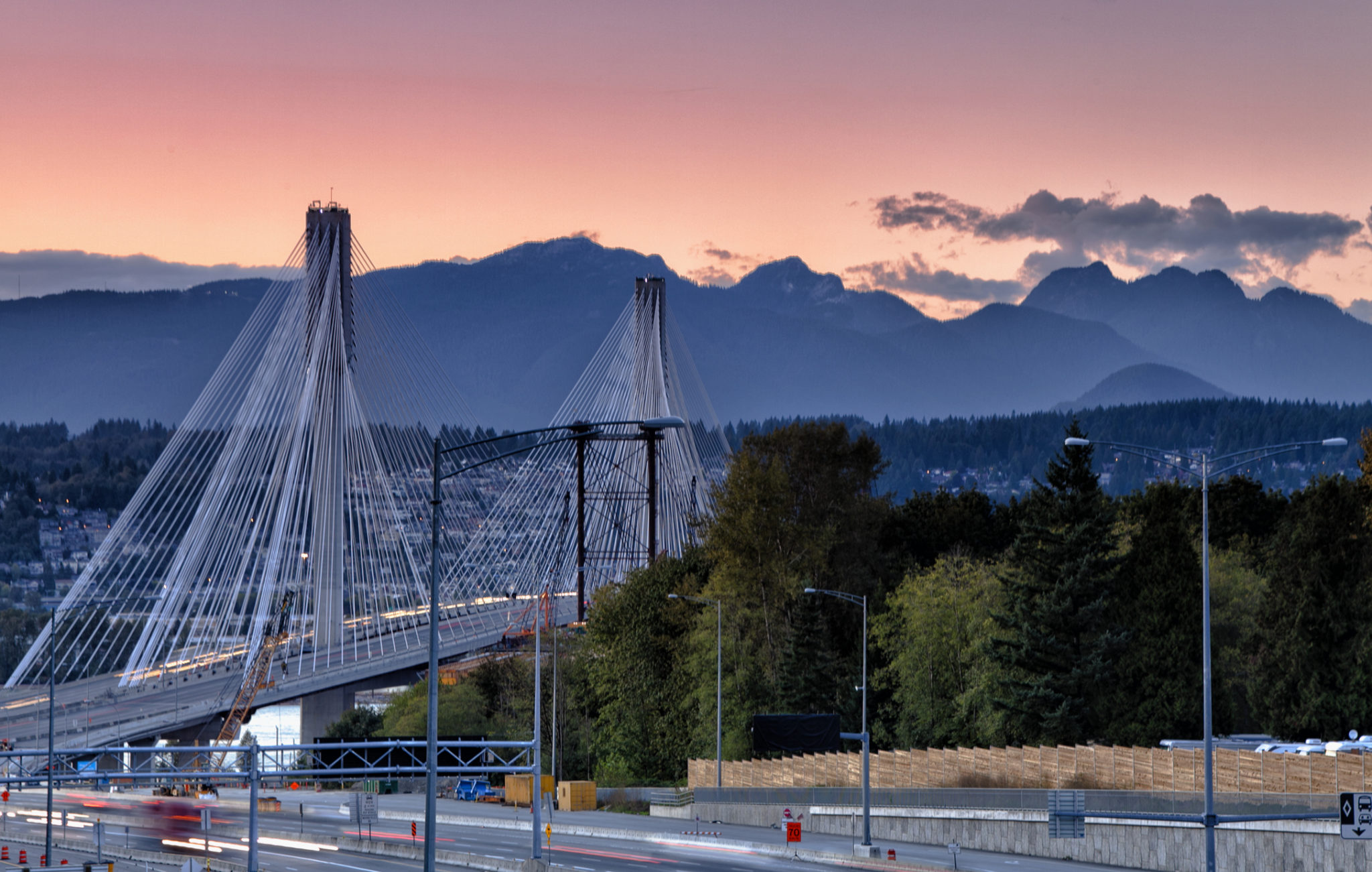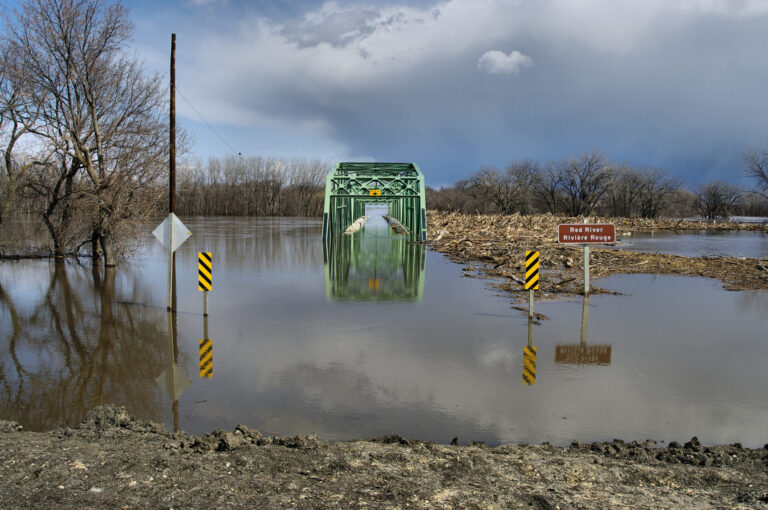For the second time in as many months, a former minority government has turned to a majority thanks to a snap election in the midst of the pandemic.
The biggest change, in British Columbia versus New Brunswick, was the weight of the conversation on infrastructure, as the topic made headlines throughout the B.C. campaign.
The New Democratic Party, led by Premier John Horgan, captured an 11-seat majority, despite several key cabinet ministers choosing not to run for re-election, including Minister of Transportation and Infrastructure Claire Trevena. In 2017, the NDP finished with two seats less than the Liberals, 41 versus the Liberals 43, but formed government with the support of the three seats from the Green Party. This time, the NDP captured 55 seats, with the Liberals winning 29 and the Green Party holding three. This marks the first time in the province’s history that an NDP leader has been re-elected.
‘An election like no other’
Throughout the election, the media called this an election like no other, referencing the campaign falling in the midst of the pandemic, a minority government, and called before many expected it would be after the Premier had stated that he would not call an early election.
But the phrase also applied to the subject of infrastructure, as funding and project promises became battleground issues in several key issues. Cities such as Richmond, Surrey, and Delta could be in play based on infrastructure promises made during the election campaign, including Premier Horgan’s promise for an extra $1.5 billion to extend the Surrey Langley SkyTrain Project and Liberal Leader Andrew Wilkinson’s promise to go back to plans for a new bridge to replace the George Massey Tunnel.
The fate of the Site C Clean Energy Project was also a key issue in the campaign, one that saw three different takes on the project. The Liberal Party continued its support for the project, saying that it is up to the NDP to discuss what has gone wrong as they handed the project to the party still ‘on schedule and on budget’. The NDP continued to tow the line that they didn’t want the project, but based on the amount of money spent on it by the time they gained power (they stated this number was around $4 billion), the prudent move was to push forward with the project. However, new Green Party Leader Sonia Furstenau said that she would halt the project and deal with the loss to the provincial government.
Ultimately, Richmond and the Fraser Valley were the key battlegrounds that were the centre of NDP gains. Places like Surrey and Chilliwack were also key pickups for the NDP. Richmond and Surrey, in particular, could have been influenced by infrastructure promises made in those cities.
With the Horgan NDPs now re-elected, Premier Horgan and his team must now get to work in setting a new cabinet. Seven cabinet ministers chose not to run, including key ministers of influence to the infrastructure portfolio. Who will fill those roles could determine whether any new direction is taken towards infrastructure spending.











